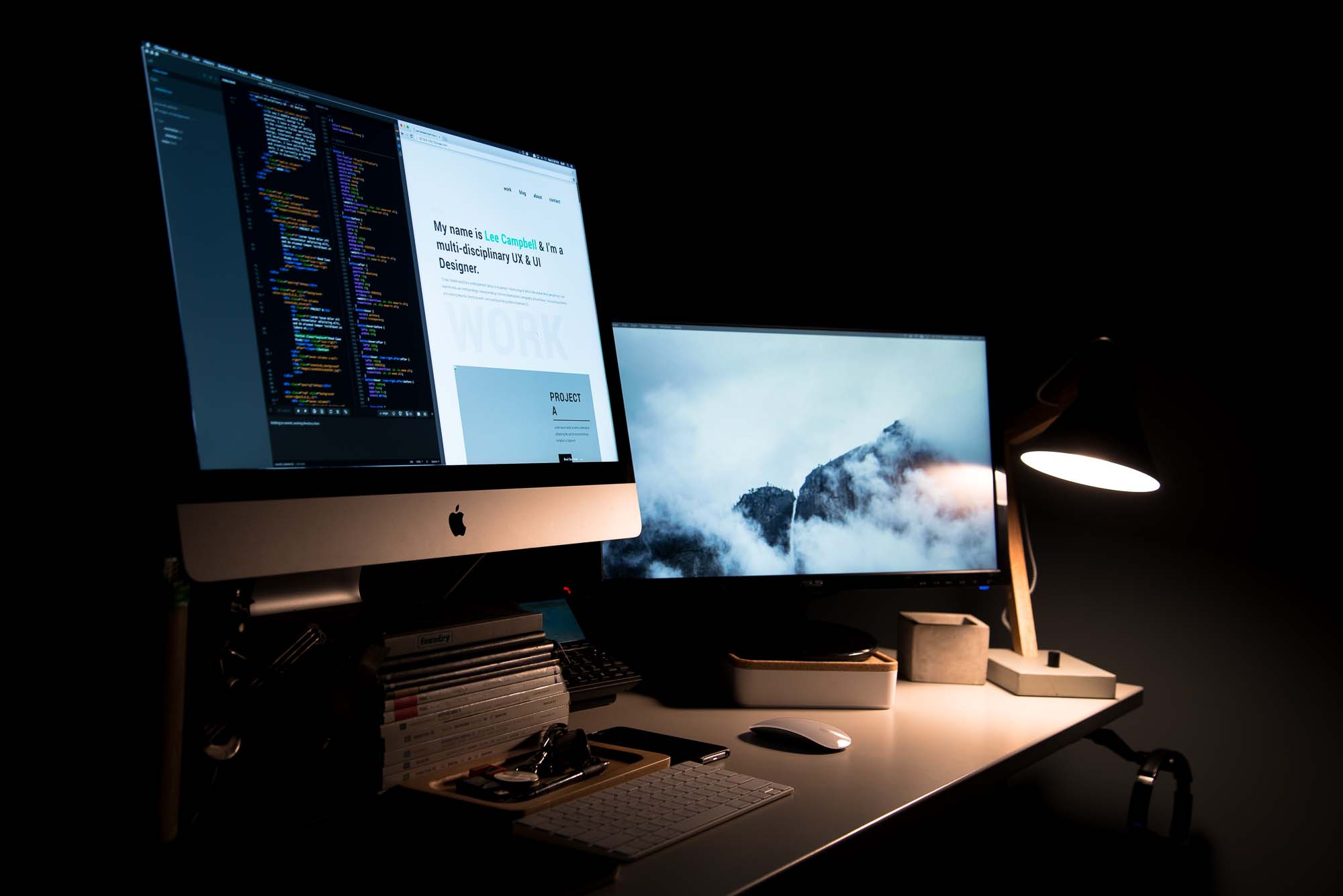Why More and More Designers are Starting Companies
There’s been a shift in recent history where many founders of startups are coming from design backgrounds as opposed to technical or business-savvy backgrounds. Some of the world’s major brands such as YouTube, Flickr, Slideshare, Tumblr, AirBnB, Etsy, Path, Kickstarter, Blurb, Square, Typekit and About.me were all founded by designers. In fact, there’s an investment company called Designer Fund that invests exclusively in companies founded by designers. Once we understand why designers have stepped up as founders, we can better understand why Design Fund is placing their bets on them.
Traditionally, starting a business has been a cumbersome and risky process. It often required a very detailed business plan that used jargon only businessmen would understand to secure a loan and risk the farm on a brick and mortar retail store. These days, starting a business has never been easier. Within an afternoon, you could set up an eCommerce website, upload a few product pictures and begin accepting money for products that you might not even have in stock yet. And all for nearly free. The internet has made services, human capital, financial capital, information and opportunity abundant.
In a world where we’re increasingly focused on the experience, designers have risen to take the stage. You may have seen the ripples of this in your own life when you download a few apps and deleted all but the one that was the easiest to use. We naturally gravitate toward beautiful, seamless, intuitive experiences. If a company is designed-focused, they’re paying attention to the small interactions that elevate the user experience and we notice. There are two compelling reasons why designers make great founders:
They Bridge the Gap Between Technology and Humans
As a developer, you can create a functionally great product but if your customers would rather default to “doing it the way I’ve always done it” because your app is too difficult to figure out, you lose. However, if you can harness the functionality that technology brings to the table and then shape it into a form that humans want to use and enjoy using, you’ve created a product that will stand out from the rest and replace antiquated processes, no matter how familiar.
Innovation is a Function of Behaviors
“One’s ability to generate innovative ideas is not merely a function of the mind, but also a function of behaviors.” —The Innovator’s DNA
The way that we use a product speaks volumes. For example, baking soda was traditionally used for baking but once customers began using it as a cleaning product, companies like Arm & Hammer began marketing it as such, opening up an entirely new market of business opportunity. Understanding user behavior is paramount. If you want your company to innovate and uncover new business opportunities, you must understand the behaviors of your users —something that many designers excel at.
Whether you’re a designer looking to become a founder or a founder looking for a co-founder, understanding the way the market is shifting is a great advantage. Suddenly, we’ve been presented with a lot of opportunity to disrupt industries that have traditionally been dominated by poor design. Marrying the technical know-how and the understanding of behavior and then innovating to offer the best product for the user will put you well on your way to start-up success.
